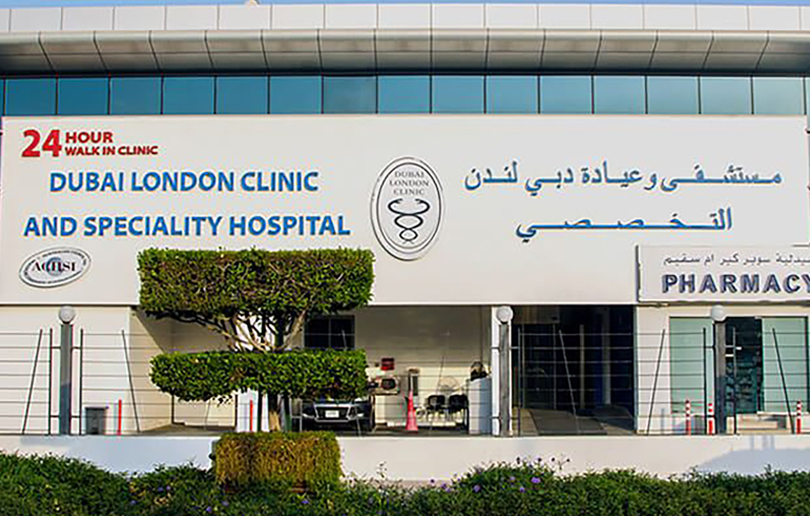Why Women Should Choose Laparoscopic Supra-cervical Hysterectomy Over a Traditional hysterectomy
Dr Rayesh Devassy, Director of Dr Rajesh Devassy’s Center of Excellence in Gynaecological Minimal Access Surgery explains why women should choose Laparoscopic supra-cervical hysterectomy when the time arises

What is Laparoscopic supra-cervical hysterectomy?
Laparoscopic supra-cervical hysterectomy is an advanced and less invasive method of hysterectomy that allows preservation of cervix part of the uterus thereby, providing a better quality of life after hysterectomy, preventing immediate complications and with a faster psychological and physical recovery. Laparoscopic supra-cervical hysterectomy requires tiny 5mm and 10mm incisions in the abdomen to remove only the affected diseased body of uterus, thus preserving the cervix. Women considering hysterectomy for benign disease can be given the option of retaining the cervix with a normal cytology or proceeding with a total hysterectomy.
Who should undergo this surgery?
Women contemplating a vaginal, laparoscopic, or abdominal hysterectomy for the management of benign uterine disease should be reassured that hysterectomy is usually associated with improved quality of life, including improved sexual function, and does not increase a possibility of prolapse after hysterectomy. In general, women who suffer from a cancerous tumour within the uterus, large fibroids, chronic and excessive bleeding (menorrhagia), uterine prolapse, endometriosis, adenomyosis (thickening of the uterus), chronic uterine infection and severe pain associated with menopause are eligible candidates. However, eligibility criteria differs from patient to patient and depends on their general health, medical history, and medical conditions.
Why is this surgery better than previous procedures/treatments?
A hysterectomy is a surgical procedure to remove a woman’s uterus and for noncancerous reasons is usually considered only after all other treatment approaches have been tried without success. Surgeons use different approaches, depending on the surgeon’s experience, the reason for it, and a woman’s overall health. The technique will partly determine healing time and the kind of scar, if any, that remains after the operation. Traditional hysterectomy procedure involves opening the abdomen and removing the whole uterus, cervix and ovaries. Laparoscopic supra-cervical hysterectomy is less invasive and provides women a calmer feeling as they don’t feel like they have lost their entire womb.
What is the recovery time?
Laparoscopic supra-cervical hysterectomy offers a number of benefits when compared to the traditional open surgery, such as faster recovery, shorter hospital stays, less pain and scarring, and a lower chance of infection than does an abdominal hysterectomy. In addition, women are generally able to resume their normal activity within an average of three to four weeks, compared to four to six weeks for an abdominal hysterectomy.
How does it affect women thereafter?
Women considering a supracervical hysterectomy should know that they may continue experiencing cyclic vaginal bleeding, or more likely a spotting following the surgery. Women must be advised that they require routine cytological screening following a supracervical hysterectomy.
Are there any side effects?
Cyclical or persistent bleeding from the cervix can be noted. Also, women with an abnormal cervical smear may continue to bleed. The chance for intranoperative complications is found to be lesser with such supracervical Hysterectomy. If the bleeding persists after the surgery, patient may further require removal of cervix either vaginally or by laparoscopic surgery. This is extremely rare and for example, we have had only one instance in 100 such surgeries.
Dr Rayesh Devassy is also the Head of the Department of Minimal-access Surgery at the Dubai London Clinic & Specialty Hospital












Comments